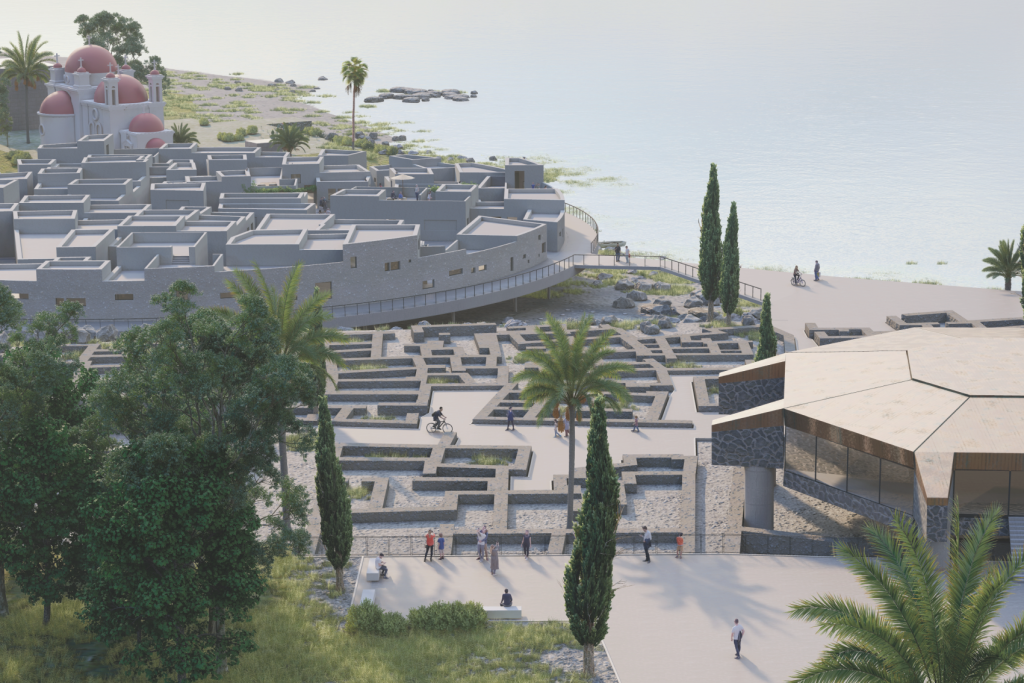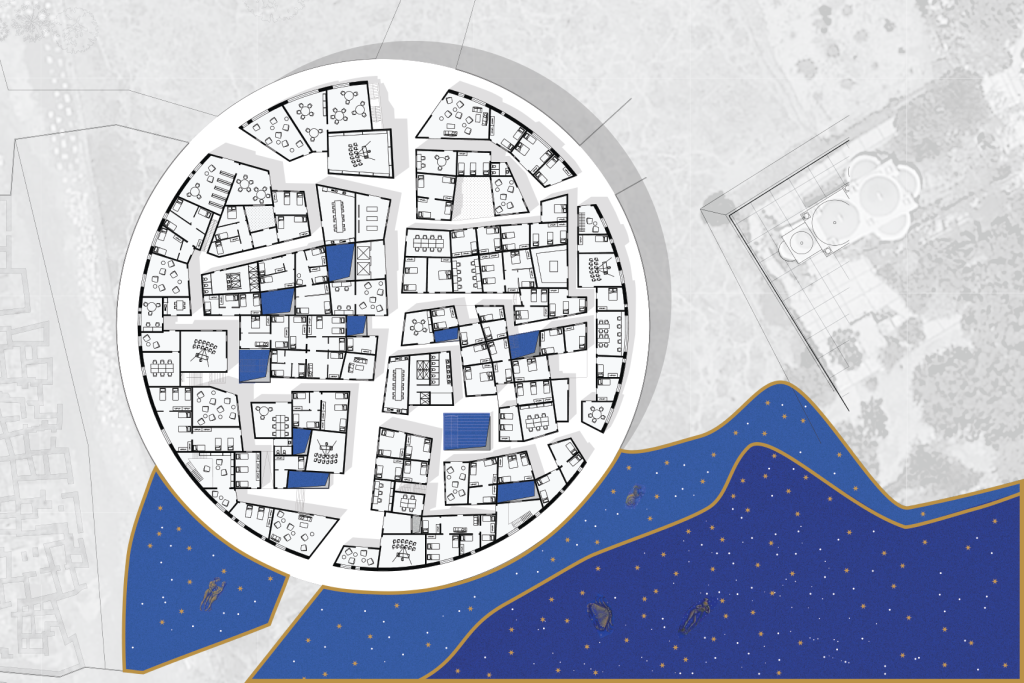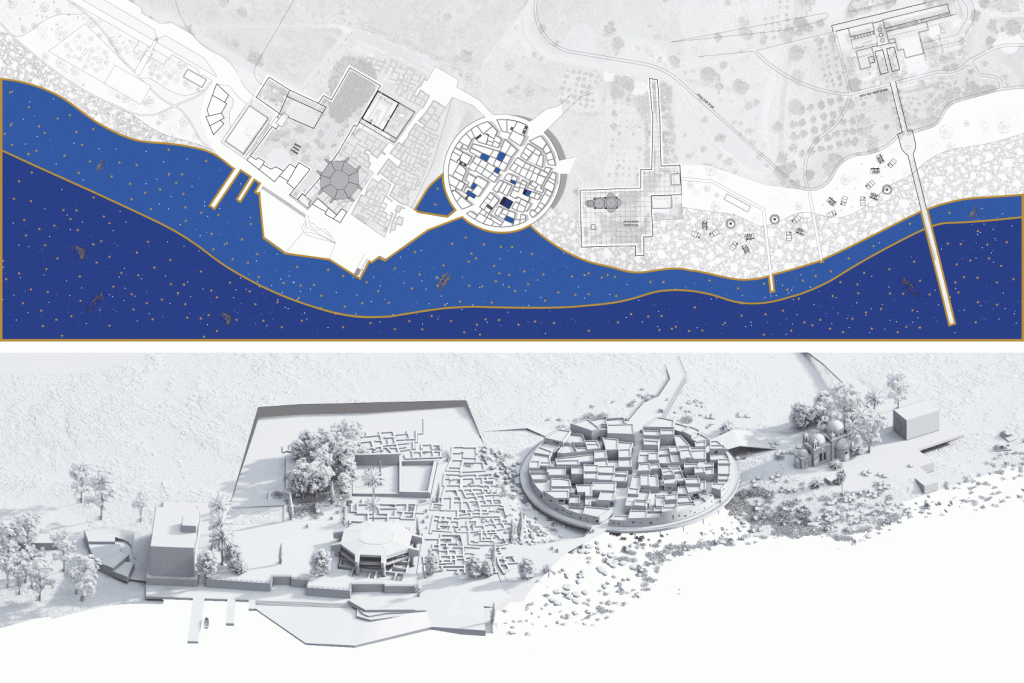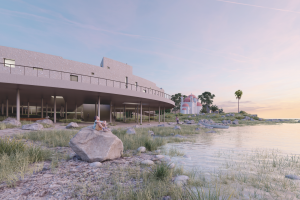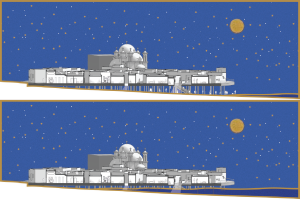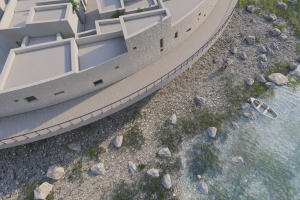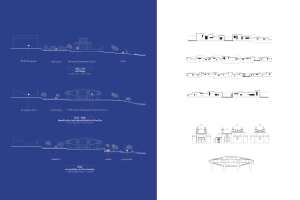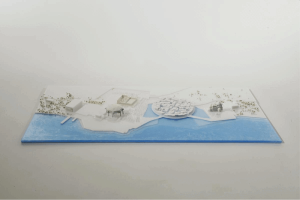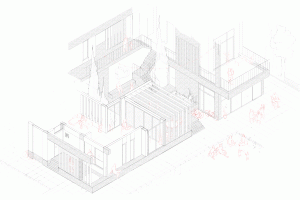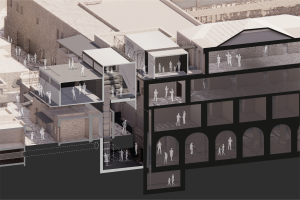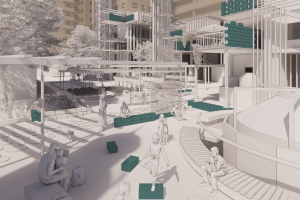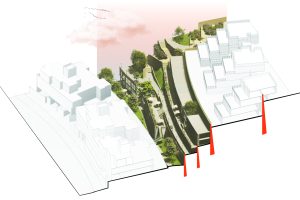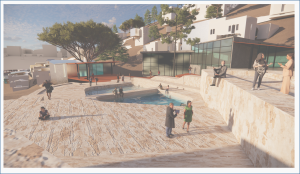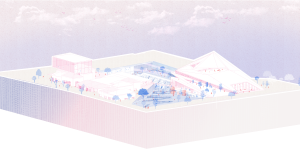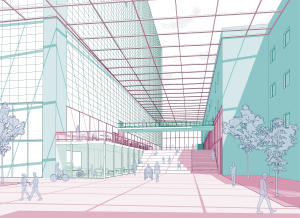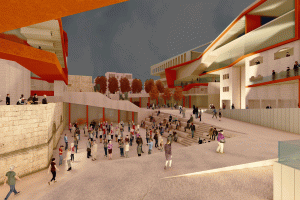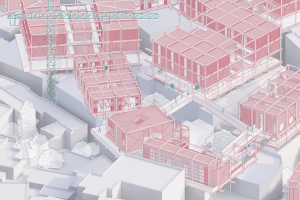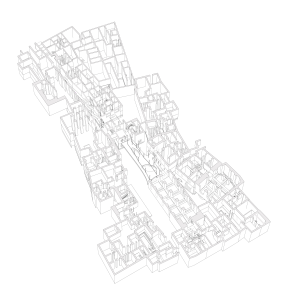Holy and..
Different regions of Christian significance exist within the Holy Land that attract hundreds of thousands of tourists and worshippers annually from all around the world. Most of these religious sites are managed by international ecclesiastical institutions, which are detached from the local Israeli population in general and the Christian population in particular.
Christian sites in the state embody different types of tension: power struggles between the various ecclesiastical institutions that control the holy places; economic interests of various bodies that seek to maintain the sanctity of the holy places while also seeing them as a source of income because they are focal points and attractions for worshipper-tourism; and cultural conflicts within the local Christian population, stemming from its complex identity that encompasses the Arab, Israeli, and international societies.
The Christian holy sites are distinguished and detached from the local space at the physical and territorial level. These sites are also separate from the local Christian community and its daily life. The project reexamines the sacred Christian sites northwest of the Sea of Galilee and views them as having great potential in creating a Christian-local space that formulates its intersections, activities, and places alongside the dynamic border between the free waterfront line and the holy sites’ borders.



